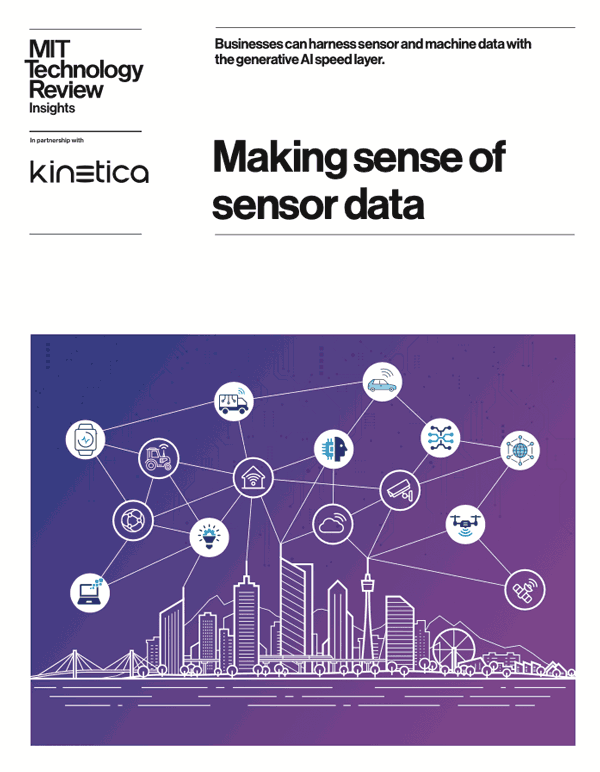Introducing Kickbox.js, a Code Acceleration Library for Kinetica and Mapbox
The explosion of mobile phones, connected cars, and the Internet of Things has enabled us to capture, store, and share geospatial information at unprecedented scale. Location intelligence is taking over the world, powering innovative services like autonomous vehicles, location-based offers, and real-time logistics. Understanding the context of how people, devices, and things interact with the time and space around them has never been more important. That’s why I’m excited to share Kinetica Kickbox.js for Mapbox GL, an exciting open source code acceleration library that we’ve released with Mapbox to expedite and simplify custom geospatial web app development.
Kickbox.js was born out of a challenge we had at Kinetica: there was no easy way for developers using our GPU-accelerated engine to build apps that visualized data on Mapbox maps. It required custom coding and took time and resources away from the original objective. There needed to be an easier way for developers to get started with Mapbox and Kinetica.
As a code-acceleration library, Kickbox.js abstracts away the complexity of visualizing real-time location analytics from Kinetica on a Mapbox map. You don’t need to be an expert in GIS, JavaScript, or mapping applications to use Kickbox.js. All it takes is 25 simple lines of Kickbox.js code to start overlaying images representing massive amounts of data on Mapbox.
Highlights of Kickbox.js include:
- Simplifying the complexity of getting WMS imagery from Kinetica on to the map, styling the WMS output, and orchestrating the re-rendering of WMS images on pan/zoom events
- Access to identification modes that make it easy to do simple spatial filtering and feature identification without writing custom queries
- Flexibility for developers – only initialization and the displaying of WMS layers need to be facilitated through Kickbox.js, then the Mapbox object is handed back from Kickbox.js after initialization.
- Ability to design beautiful Mapbox basemaps to compliment the color scheme of their custom app and WMS images from Kinetica
The Automotive Industry – A Driving Force in the Extreme Data Revolution
To see Kickbox.js in action, check out this autonomous vehicle (AV) demo. It uses Kickbox.js to visualize 28 million data points on a Mapbox map and show simulated GPS tracks from a fleet of AVs. The Kinetica engine then enables the user to interact and analyze the data in real-time.
As the demo shows, location analytics play a significant role in automotive use cases. Kinetica recently joined the Automotive Grade Linux (AGL) Foundation to help build the open platform for the connected car. AGL is a collaborative open source project that is bringing together automakers, suppliers, and technology companies to accelerate development and adoption of connected vehicle services. As data becomes the fuel of the future, we’ll work with automotive industry leaders to power everything from navigation to entertainment, AI control to inter-vehicle networking, and the complex data challenges that will follow.
By contributing Kickbox.js to the open source community, we support innovation in location-based analytics and visualization in the automotive industry and beyond. With Kickbox.js, developers can focus on building solutions that help them to use data to drive their business and bring custom location-based mapping apps to market faster. Together, Kinetica and Mapbox can help organizations harness the power of location intelligence.
To get started with Kickbox.js, head over to Github to download it today!
Interested in Kinetica? Download our Trial Edition and get hands on with our GPU-accelerated engine for advanced analytics, location intelligence, and streamlined machine learning.
Matt Brown is a Product Manager at Kinetica and the creator of Kickbox.js. You can send him feedback at mbrown@archive.kinetica.com.
Making Sense of Sensor Data

